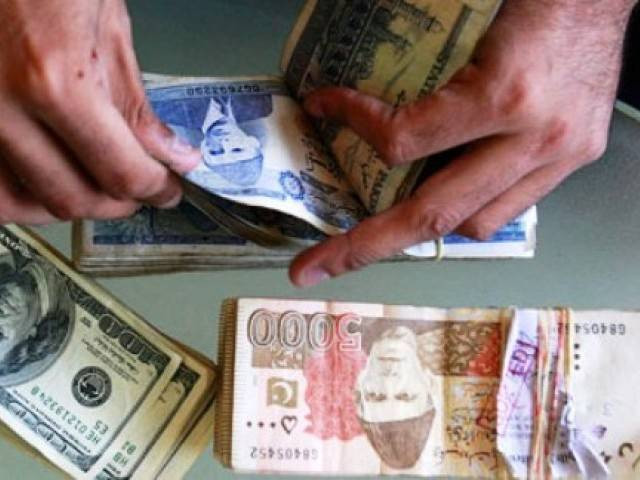People’s friendly? K-P budget reflects will to serve masses
Rise in allocations for health, budget and law and order indicator to people-centric vision

PHOTO: REUTERS
On this particular touchstone, let us see whether the Khyber-Pakhtunkhwa budget qualifies to be a good policy document in terms of allocations, priorities, direction and planning.
Similarly, a government’s ability to raise revenue through tax and non-tax measures is also a very robust indicator to its performance. So, has the K-P government been successful in raising revenues so that it can allocate generously to important areas?
K-P budget to be unveiled today
On that particular count, K-P should actually be grateful to the PML-N government in the centre, Finance Minister Ishaq Dar in particular, since it is his ministry that would ensure a steady flow of funds to the four federating units, including K-P.
While the federal government will provide Rs365 billion to K-P in FY2017-18 as compared to Rs222 billion in FY2013-14 when the PTI government presented its first budget – showing an increase of Rs143 billion – the provincial government has managed to increase its own resource base by a mere Rs6 billion, from Rs20 billion in FY2013-14 to Rs26 billion (approximately) in FY2016-17.
In comparison, Punjab and Sindh had generated 18% of the budget from their own resources as against K-P’s 7% – which is even reported to be an inflated figure. Therefore, on this particular side, the K-P government has resoundingly failed to satisfy its people, including the supporters.
At last the province does see a windfall from its natural resources – albeit not as much as one would like to see. Proceeds from straight transfers i.e. royalties from hydropower generation, oil and gas, have steadily risen – from Rs487 million in F2013-14 to Rs23 billion in FY2016-17.
34.5% for ADP in Rs603 billion K-P budget
Similarly, proceeds from power generation have gone up from Rs6 billion to Rs18 billion during the period under discussion while approximately Rs3.5 billion have been generated through the sale of electricity from the provincially-owned power plants.
It is expected that close to Rs62.5 billion will be available from those areas – something that augurs well for the province. It does merit mention here that all governments and political parties that ruled the province during the last two decades share the credit for this achievement.
Although the PTI government takes credit for creating almost 111,000 jobs in the public sector during its tenure, thus increasing a bloated public sector by almost 31% in barely five years, there is an opposing viewpoint. The provincial salary bill has ballooned from Rs56 billion in FY2009-10 to Rs132 billion in FY2013-14 and is projected to touch Rs218 billion next year. If the projected Rs53 billion pension liability is added to it, the situation becomes quite worrying.
To make matters worse, there is no let-up in the exponential rise of this liability as projections show that the pension bill alone will reach Rs172 billion by 2027.
To be fair to the present government, the majority of recruitments had been made in health, education and security sectors. It is indeed a failure that all governments – including the PTI’s – will have to live with because there is no long-term policy in place to offset the impact of a growing public sector and accruing liabilities that it creates. One should give the PTI government the thumbs-down on this particular aspect of governance as well.
The PTI says health and education sectors have been high on its priority list. Patters suggest that these two areas have been given a favourable view by planners and policy-makers as far as allocations are concerned.
Education gets almost Rs158 billion, which is 26% of the total budget for FY2017-18. This is better than in Punjab where education consumes 20% of the budget, and Sindh, which spends 18%. The PTI government therefore deserves kudos here.
It has also done well in the health sector where it has brought the spending on a par with that in Sindh and is closely following Punjab. The allocation for the next year is Rs65 billion, which is 10.7% of the budget.
Budget 2017-18: K-P proposes 57 projects in power sector
Law and order is the third area where the PTI government has increased its investment in a disproportionally higher percentage as compared to other sectors. Police alone have witnessed a 75% increase in its budget during the tenure of the present government. It will get approximately Rs42 billion next year and will be the third largest recipient of the taxpayers’ money after education and health.
One must give credit to the provincial government for its increased investment in the police department as well as bringing in legal and administrative reforms. Yet, one must call for a cautious approach at the same time. Many people have been suggesting that most of the investment in the police department has actually gone in areas of less importance.













COMMENTS
Comments are moderated and generally will be posted if they are on-topic and not abusive.
For more information, please see our Comments FAQ